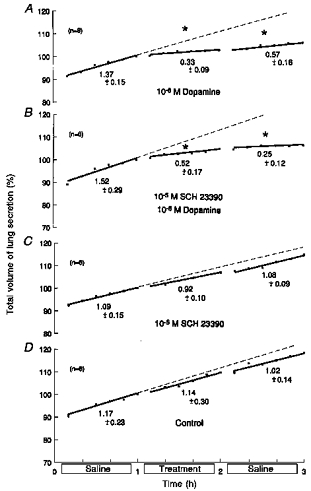Figure 4. Effects of SCH23390 on responses to dopamine.

Based on 24 fetuses, 60 ± 1 days of gestation and 79.0 ± 11.8 g body wt (means ± s.d.). During the middle hour, lungs were immersed in saline containing: 10−6 m dopamine alone (A); 10−6 m dopamine with 10−5 m SCH23390 (B); 10−5 m SCH23390 alone (C); or saline alone (untreated controls) (D). Ordinates: total volume of lung liquid expressed as a percentage of that immediately before treatment, where 100 % was: 1.05 ± 0.16 ml (means ± s.d.) (A); 0.90 ± 0.13 ml (B); 0.89 ± 0.15 ml (C); and 0.73 ± 0.12 ml (D). Abscissae: time in hours. All regressions are lines of best fit; slopes represent production rates. Values below the lines are average production rates in ml (kg body wt)−1 h−1. Asterisks above the lines show significant changes from the rate of production in the first hour (ANOVA). Standard errors of the mean were omitted for clarity, but they averaged: 1.05 ± 0.16 (A); 0.76 ± 0.09 (B); 0.76 ± 0.08 (C); and 0.81 ± 0.09 (D). Corresponding coefficients of variation were: 2.61 ± 0.30 % (A); 1.85 ± 0.24 % (B); 1.82 ± 0.19 % (C); and 1.93 ± 0.23 % (D).
